Height of Power
1770 DA till 2102 DA
People of Vardania, Interra, Anidara and Scetia. People of a thousand tounges, a thousand faiths, a thousand nations. People of the World rejoice! For you are witness to an era of peace and prosperity never seen since the Age of Wrath tore the world apart. You, your children and your children's children are witnesses to a Golden Age of Mankind!When the dust settled on the steppes of Scetia, the world found itself a changed place. Never before or after had all lands, considered to be part of the civilized world been united under one banner. From the scorching inferno that is Harenara to the sky-piercing peaks of the Dawn Wall and the icy marshes pf the Far North to the endless jungles of the Far South, all people answered to Tarquinnia. Beginning in the imediate aftermath of the War against the World, the period refered to by many as the Last Golden Age brought centuries of peace and prosperity.
Rebuilding a torn World
Sometimes seen as separate periods in world history, the first decades following the end of hostilities (1706 in Vardania, 1745 in Scetia) were times of reconstruction and reorganisation. The administrators of the Hegemony found themselves confronted with the monumental task of incorporating lands nearly twice the size of Vardania itself, large swaths of which had been razed repeatedly. Differing religions and cultures were far less of a challenge as they already had years of experience when dealing with the various Vardanian peoples. Additionally, Vardanians showed much tolerance for other faiths and cultures. The Inner Circle, successors of those titans that had created the 2nd Hegemony, proved just as adept at ruling then their predecessors. In many areas, the old provinces and fiefdoms were simply kept, quite often native administrations left in place with the addition of Vardanian overseers. Others, mostly those hardest hit by previous wars were rebuilt from the ground up. Reconstruction was largely done by the army, hundreds of thousands of now unneeded soldiers becoming construction workers. Although reconstruction proved to be a costly and long-term project, Vardanias administrators and builders once again showed why they were often called "best of the known world" and by the turn of the century had accomplished another monumental feat.Interconnected World
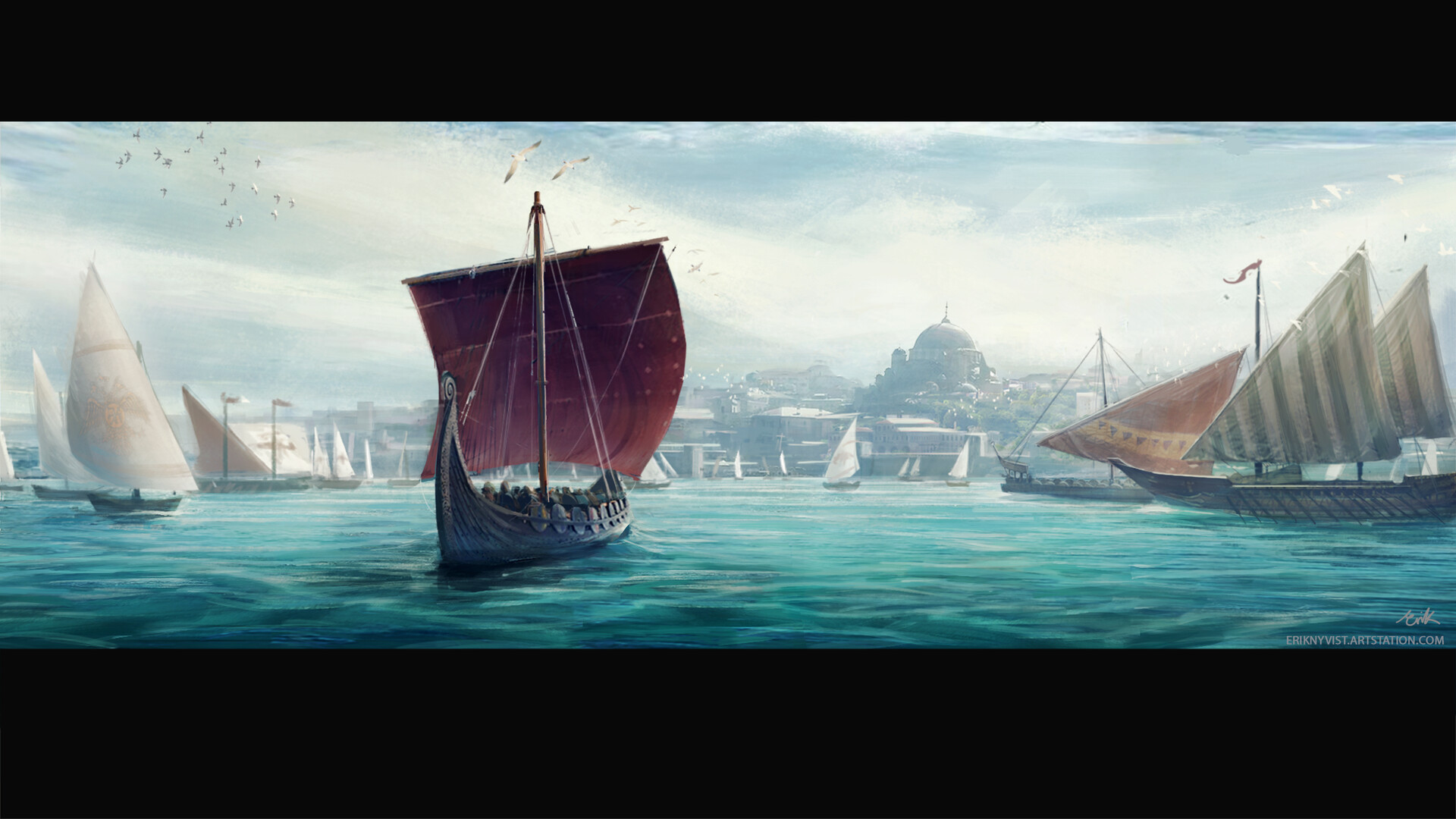
by Erik Nykvist
Empire
Politically, the Golden Age was a rather uneventful time. Most conflicts played out in the senates and councils of the world, political intrigue being the dominant form of power growth. The number of politicians rising and falling in this time is so large that the archives of Tarquinnia and Rhomeia have an entire sub-section solely dedicated to the various changes happening at the time. There is one however, that stands out among them. Throughout the rise of the 2nd Hegemony, power had been concentrated in the hands of a small number of people. While the Hegemonial Senate was still a powerful force, the Inner Council was steering the realm. The successors of Nerva, Majorian and Amelia continued to govern until in 1913 DA, when then Warmaster Lucius Trajanus, sacked his colleagues and unified all power in his position. He went by the title of Protector of the Realm until his death, but even the most naive of people realised that the Hegemony was once again a monarchy when he bequeathed all his titles and powers to his son Amelian in 1927. Amelian took the title of Emperor in 1930 DA and the Trajan Dynastie continued to rule until 2001, when they were replaced by the Valerian Dynastie whose members would rule the world until Seron the Red's death in 2242.A new Powerbase
The Hegemony's powerbase had traditionally been the Heartlands or rather the Seven Ancient Cities, that for the majority of history been the center of Vardanian power, culture and population. As early as the 19th century however, measures had been taken to undermine the status quo. A new focus on the Scetian territories attempts to weaken the ancient republican strongholds and warmer climate made the largely ignored Western Provinces the ideal location for a new base of power. Gargantuan amounts of resources flowed into countless new construction projects, which drew tens of thousands of people from all over Vardania.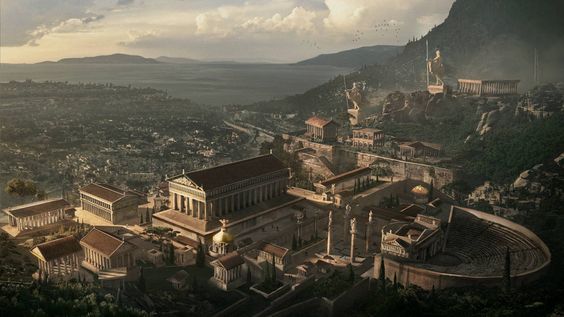
by Mai Anh Tran
Julia the Golden
Historians agree that the Hegemony reached its peak under Julia the Golden. Her reign from 2005 to 2069 DA is not only the longest of all Vardanian monarchs but also saw an explosion of wealth, art and scientific advancement that has not been matched in the nearly 1300 years that have passed since. Her passing was mourned by millions and while the realm wouldn't reach the same height again, it continued to prosper under her capable successors. As the 22nd century dawned on the world, the historian Honris remarked that the Velarian Dynastie would lead man to a future without suffering and fear, an endless Golden Age. He could not have known that this paradise would fall to ashes not even 100 years later.There is no doubt that the Second Tarquinnian Hegemony ranks among the greatest realms of man. Some may even see it in the same awe as those legendary nations that fought over domain fo the earth so many millennia ago.
War is easy. March there, conquer this, defend that, kill the enemy and don't die. That's all! The aftermath is truly a challenge, but you brave soldiers leave that to us bureaucrats.Ants around a Giant The reign of the 2nd Hegemony is remarkable in that, except for its very beginning and end, it represents the only lasting period of peace in world history. From 1750 DA on until the outbreak of the War of the Seven Princes in 2210, the lands around the Great Divide saw not a single war. One reason was that there were no serious rivals outside its borders after the Hijin withdrew west, the remnants of previous nations nothing more than petty fiefdoms that soon fell under nominal vassalage and economic dependency.
The sheer endless tracks of Vitrians moving out of Harenara were the last and most alarming sign of the coming of the Hijin, the former being on the run for nearly a century by that point.On Vitrians Like the Hijin, Vitrians are a western people that first appeared in the wake of the Horse Lords incursions in the late 16th century DA. First residing in Illigara, they began to immigrate en masse into Vardania during the 19th century. The majority settled in the Western Provinces and by the turn of the millennium, they represented nearly a fourth of the region's population. Like Vardanians they are not a singular ethnicity but rather a number of different people, that while sharing many features do show several differences among one another. The typical Vitrian is about as tall as a Vardanian, with white, blonde or red hair, slanted eyes and slightly yellow-ish skin. Seven Cities Tarquinnia, Veii, Chaironea, Aurasio, Moira, Remis and Coisra. The seven colonies of Rhomeia founded thousands of years ago, before the Age of Wrath they form the heart of Vardania in every sense of the word.

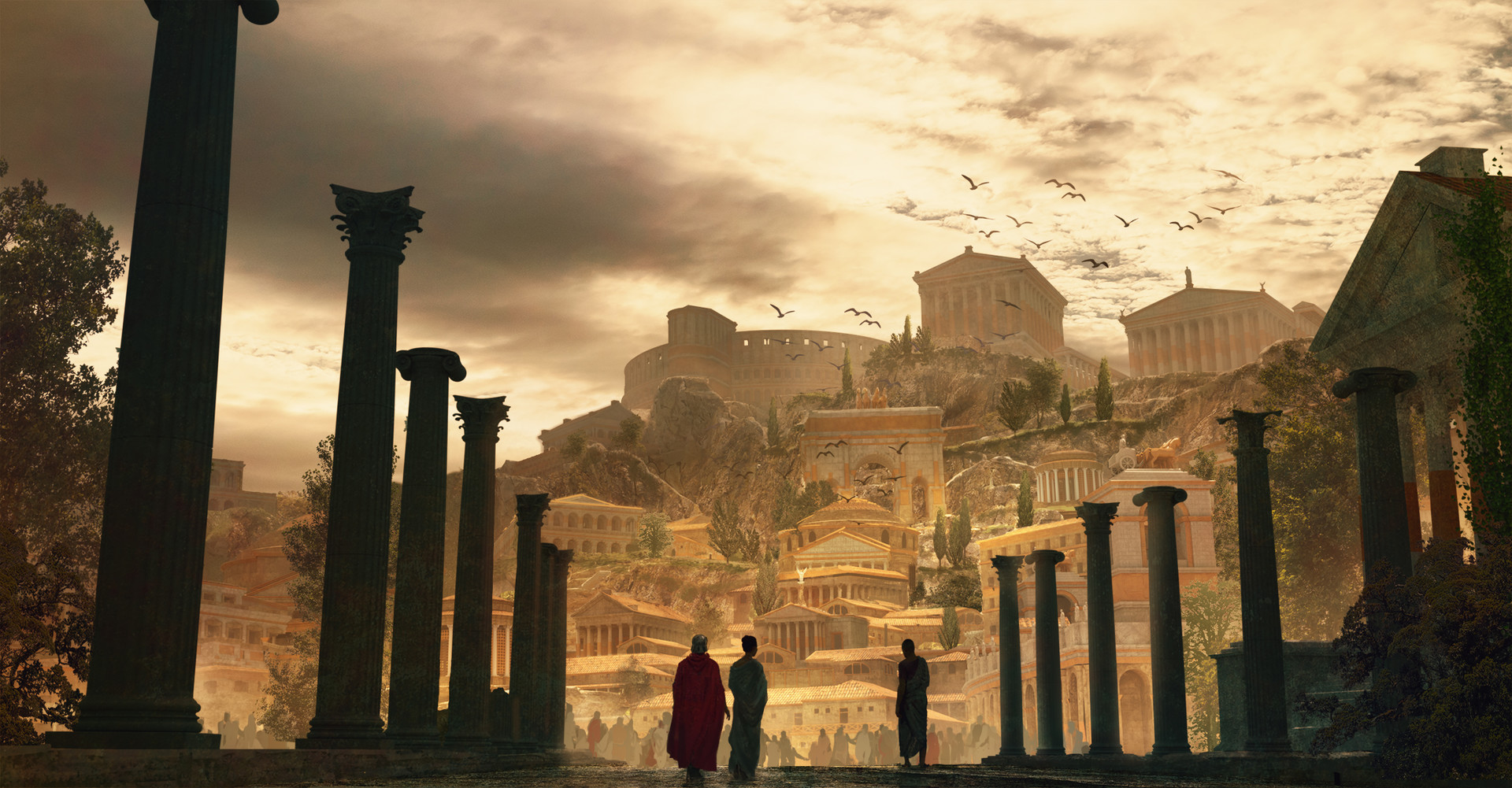

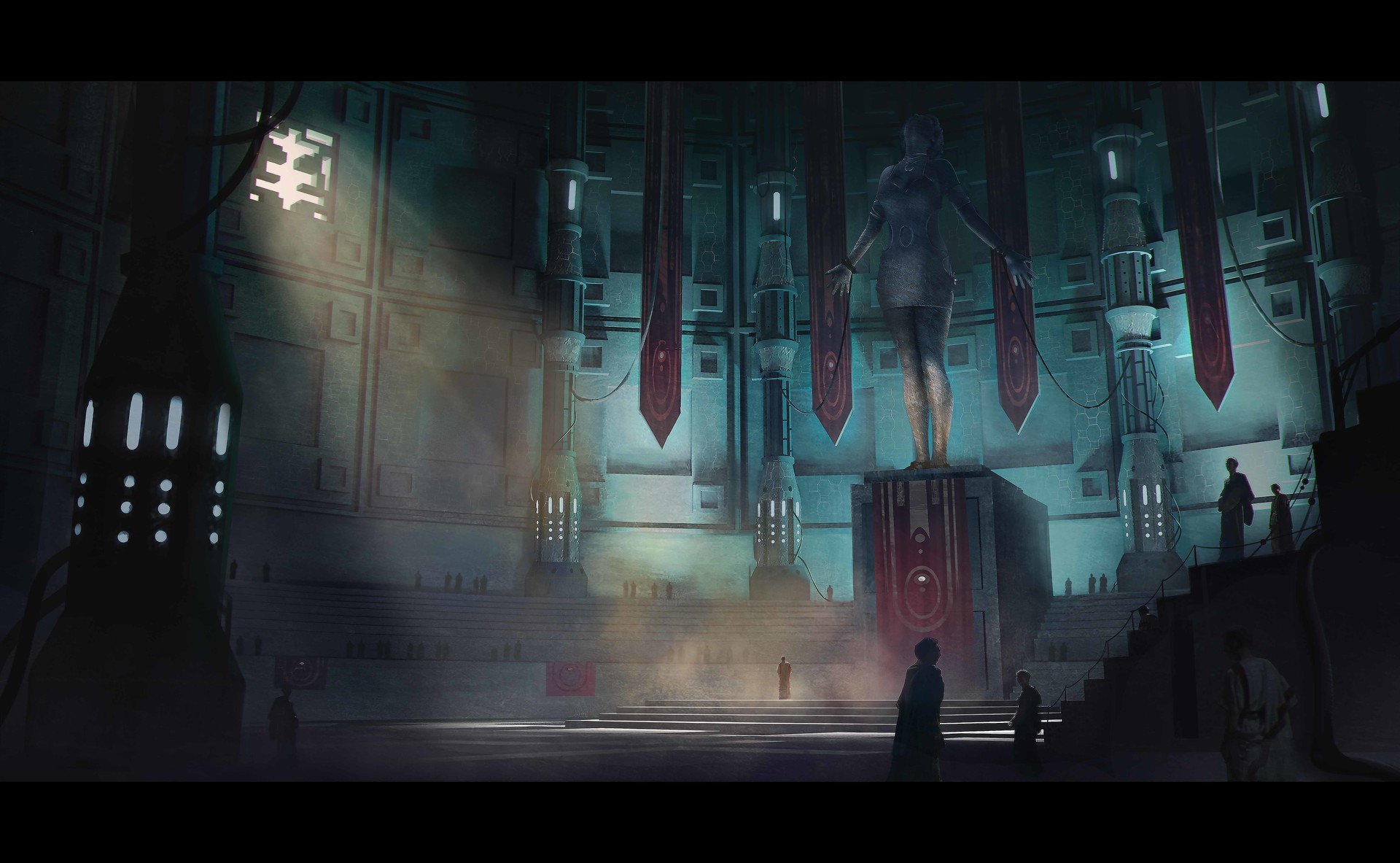
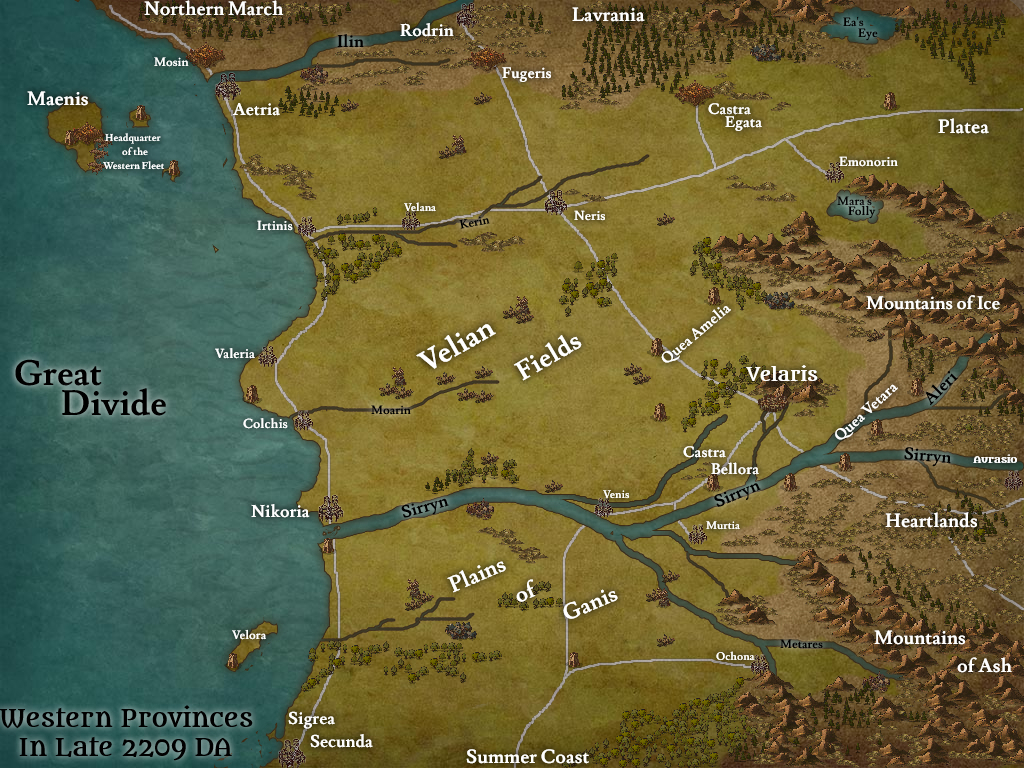
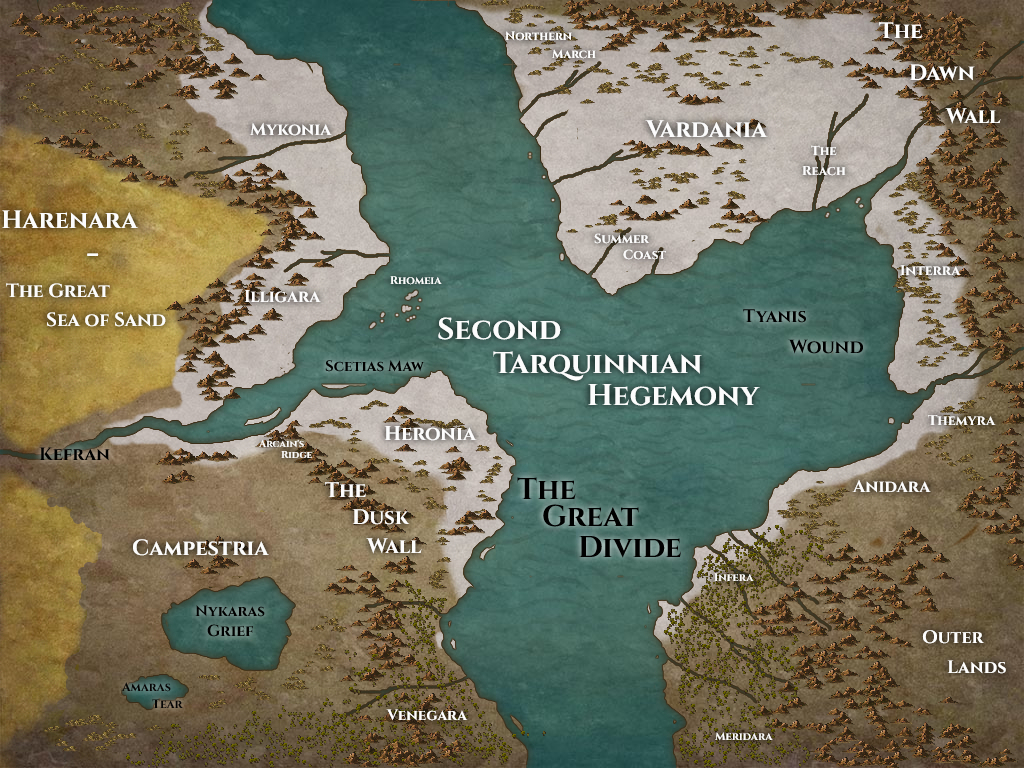
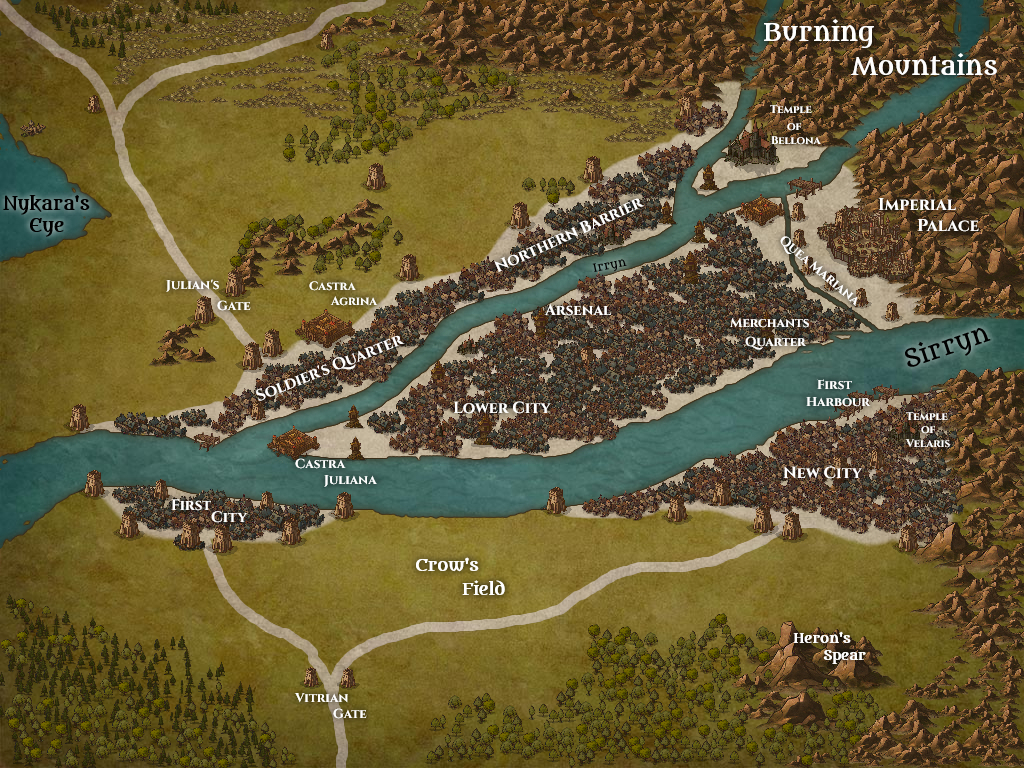
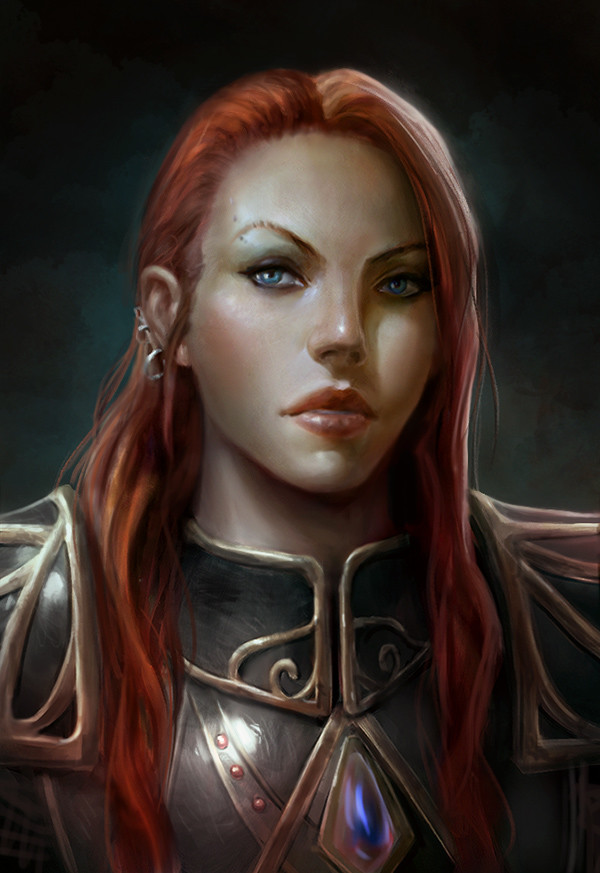

Comments